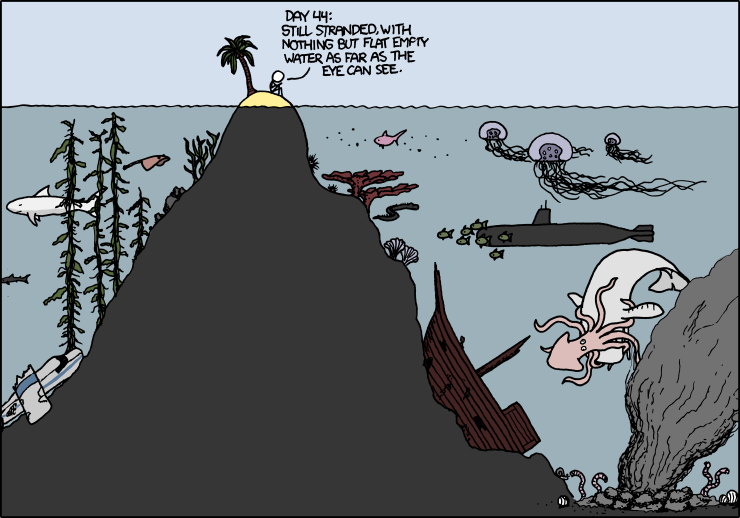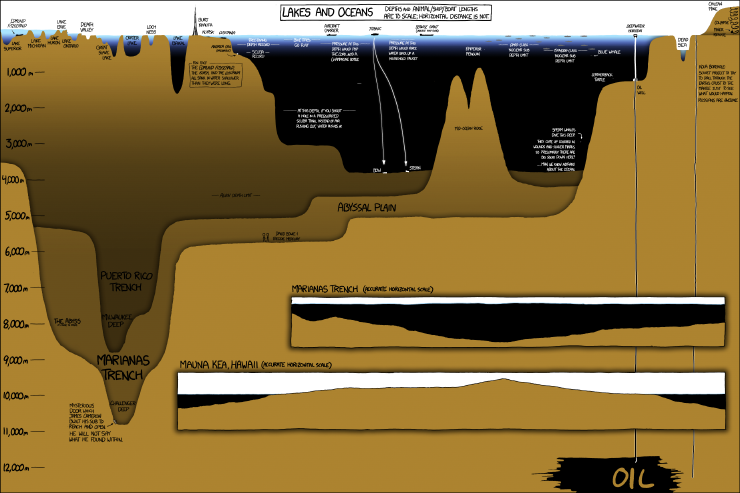By Dominique Kone, Masters Student in Marine Resource Management
As I begin a new chapter as a grad student in the Marine Resource Management program at Oregon State University, the GEMM Lab is also entering into unchartered waters by expanding its focus to a new species outside the lab’s previous research portfolio. This project – which will be the focus of my thesis – will assess the potential reintroduction of sea otters to the Oregon coast through an examination of available habitat and ecological impacts. Before I explain how this project came to fruition, it’s important to understand why sea otter reintroduction to Oregon is relevant, and why this step is important to advance the conservation of these charismatic species.
While exact historical populations are unknown, sea otters were once abundant along the coasts of northern Japan, across Russia and Alaska, and down North America to Baja California, Mexico[1]. In the United States, specifically, sea otters were native to coastal waters along the entire west coast – including Oregon. However, beginning in the 1740’s sea otters were subject to intense and unsustainable hunting pressure from Russian, British, and American entrepreneurs seeking to sell their highly-valuable pelts in the lucrative fur trade[2]. Historical records suggest these hunters did not arrive in Oregon until the 1780’s, but from that point on the sea otter was exploited over the next several decades until the last known Oregon sea otter was killed in 1906 at Otter Rock, OR[3].

After decades of intense pressure, sea otter numbers dropped to critically low levels and were thought to have gone extinct throughout most of their range. Luckily, remnant populations persisted and were later discovered in parts of Alaska, British Columbia, California, and Mexico beginning in the 1910’s. Since then sea otters have been the focus of intense conservation efforts. With the goal of augmenting their recovery, the Alaska Department of Fish and Game lead a series of translocation projects, where groups of sea otters were transported from Alaska to unoccupied habitats in Alaska, British Columbia, Washington, and Oregon (Note: these were not the only sea otter translocations.)1.

Fun Fact: For a marine mammal, sea otters have surprisingly little blubber. Luckily, they also have the densest fur of all animals – an estimated 1,000,000 hairs per square inch – that helps to keep them well-insulated from the cold.
Many of these projects are considered successful as sea otter populations grew, and continue to expand today. With a significant exception: sea otters mysteriously disappeared shortly after reintroduction into Oregon waters and the translocation effort failed. Many hypothesized what could have gone wrong – natural mortality, dispersal, conflicts with humans – but few have concrete answers. Aside from occasional reports of strandings and sightings of sea otters in Oregon coastal waters, no resident populations have formed. This is where my thesis project comes in.

With renewed interests from scientists, tribes, and the public, we are now revisiting this idea from a scientific perspective. Over the next two years, we will work to objectively assess the ecological aspects of sea otter reintroduction to Oregon to identify and fill current knowledge gaps, which will help inform decision-making processes by environmental managers. Throughout this process we will give consideration to not just the ecology and biology of sea otters, but the cultural, economic, and political relevance and implications of sea otter reintroduction. Much of this work will involve working with state and federal agencies, tribes, and other scientists to gain their insights and perspectives, which we will use to shape our research questions and analyses.
The process to move forward with bringing sea otters back to Oregon will no doubt take great effort by a lot of people, consultation, patience, and time. To date, we have been reviewing the relevant literature and meeting with local experts on this topic. Through these activities, we have determined the types of questions and information – suitable habitat and potential ecological impacts – of most need to managers. My goal is to conduct a meaningful, applied project as an objective scientist, and by gaining this type of feedback at the outset, I am to help managers make better-informed decisions. I hope my thesis can serve as a critical starting point to ensure a solid foundation that future Oregon-specific sea otter research can build from.
References:
[1] Jameson et al. 1982. History and status of translocated sea otter populations in North America. Wildlife Society Bulletin. (10) 2: 100-107.
[2] The Oregon History Project: Sea Otter. Accessed September 2017. <https://oregonhistoryproject.org/articles/historical-records/sea-otter/#.WamgT7KGPIU>
[3] The Oregon History Project: Otter Hunting. Accessed September 2017. <https://oregonhistoryproject.org/articles/historical-records/otter-hunting/#.Wa2TCLKGPIU>






















































You must be logged in to post a comment.